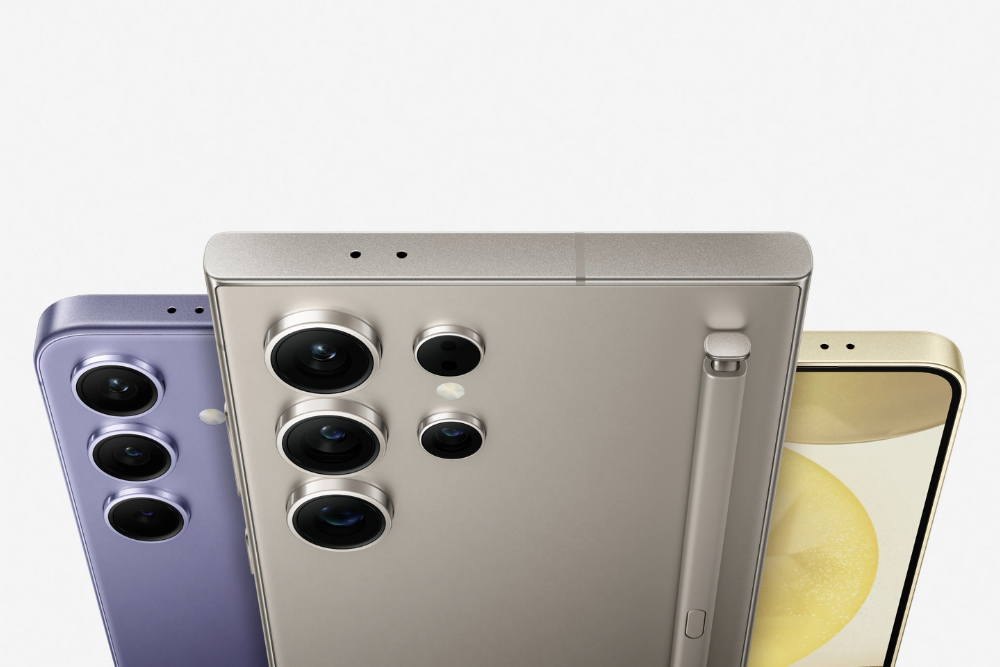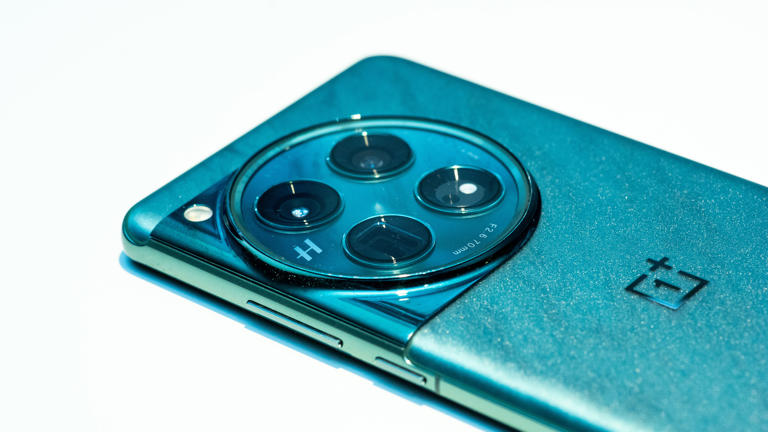
When Samsung introduced its Galaxy S24 series in January, the allure of the innovative features, especially in the premium Samsung Galaxy S24 Ultra, captured my attention, along with many others. The initial success of the Galaxy S24, as acknowledged by James Kitto, Samsung’s VP of UK sales, was indeed remarkable. However, only a few weeks later, I find myself reevaluating my initial enthusiasm.
The Galaxy S24 has quickly gained popularity, surpassing the Galaxy S23 in the first week of sales. Yet, the landscape is about to shift with the arrival of the OnePlus 12, OnePlus being a major non-Samsung Android brand. This latest flagship raises pertinent questions that might sway consumers towards considering it as their next flagship smartphone.
Cost Consideration:

One significant factor setting Samsung back against its Android and Apple rivals is the price. Despite Apple’s reputation for being expensive, even the best iPhone 15 Pro Max deals are more affordable than the Galaxy S24 Ultra. The OnePlus 12, priced at $799/£849 for the base model, presents a compelling alternative compared to the hefty $1,299.99/£1,249 starting price of the Galaxy S24 Ultra. With a $500/£400 price difference, opting for the OnePlus 12 allows users to enjoy a complete experience with a smartwatch and earbuds while spending less.
In recent years, the duration of phone usage has become a crucial consideration. A YouGov survey in the UK revealed that nearly 19% of smartphone users aspire to use their phones for over five years. Although the OnePlus 12 may not offer seven years of updates like the Galaxy S24 Ultra, its potential lifespan makes the investment seem trivial compared to the years of usage.
Distinguishing Features:
While the Galaxy S24 Ultra boasts seven years of Android updates, the OnePlus 12 competes by pushing the Galaxy S24 Ultra to its limits in terms of specifications. The OnePlus 12 features the Snapdragon 8 Gen 3 processor, rivalling Apple’s A17 Pro chip. However, the Galaxy S24 Ultra’s Samsung-exclusive version of the Snapdragon 8 Gen 3 provides a slight edge in terms of power.
Both phones offer QHD+ LTPO displays, with the OnePlus 12 having a slightly larger display and higher screen-to-body ratio. The Galaxy S24 Ultra, on the other hand, excels in display technology with Dynamic AMOLED 2X. In the camera department, both phones offer impressive features, with the S24 Ultra boasting a 200MP main sensor, while the OnePlus 12 collaborates with Hasselblad for color accuracy and image quality.
One area where the OnePlus 12 surpasses the S24 Ultra is in battery and charging technology, offering a larger battery and faster charging options.
Design and User Experience:
Examining the two devices, Samsung’s decision to switch to a titanium frame for the Galaxy S24 Ultra without other notable changes raises questions about innovation. The OnePlus 12 strikes a balance between freshness and familiarity, featuring an emerald rear panel option and an improved screen-to-body ratio.
Samsung lags behind in user interface design, with One UI not resonating as strongly with users as OxygenOS on OnePlus devices. Recent AI updates to One UI have improved the experience, but OnePlus remains in a potentially stronger position.
Decision-Making:
While the Galaxy S24 Ultra offers impressive AI capabilities, the significant cost difference may outweigh these benefits for many users. The OnePlus 12 provides an exceptional flagship experience, promising a robust lifespan, backed by impressive specs and design features in OxygenOS 14.
For those seeking cutting-edge advancements, the Samsung Galaxy S24 Ultra may be the preferred choice. However, if the goal is a flagship phone with longevity, remarkable results, and an affordable price tag, the OnePlus 12 stands out among the best competition Samsung faces in the Android space.